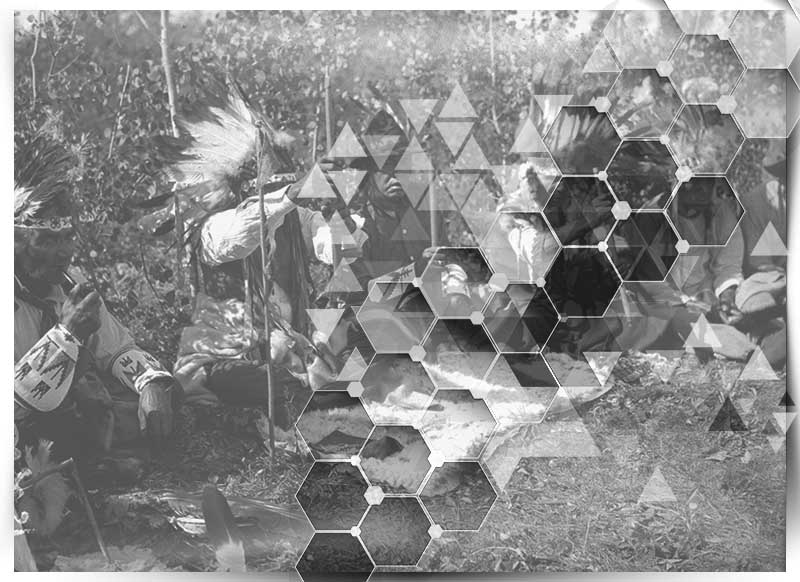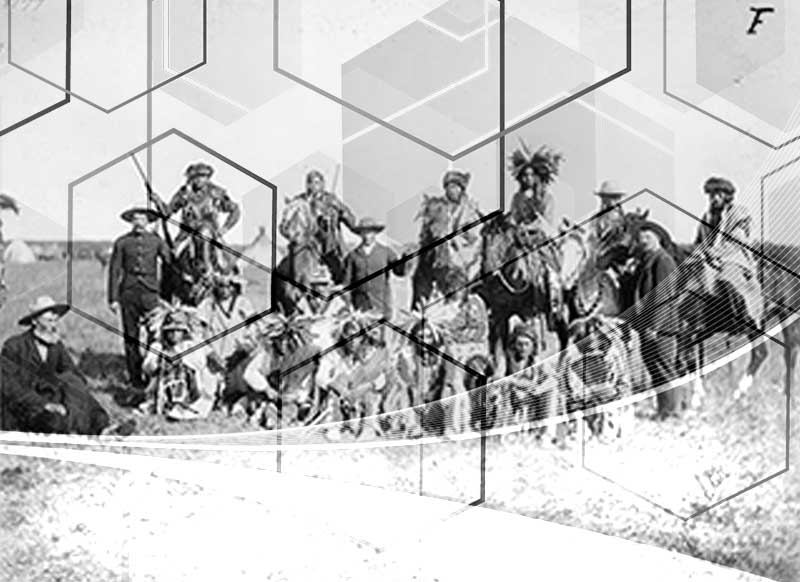
The Gift of Language and Culture: All about Cree Culture, Language and Traditions
Currently, the Cree people or as they call themselves, “nehiyawak,” is one of the largest Indian peoples in Canada. The original territories of the Cree are the lowlands in the provinces of Alberta, Ontario, Saskatchewan and Manitoba. Their settlements also stretch along the southwest coast of Hudson Bay and take over part of the Quebec province.
Canadians are characterized by their remarkable ability to remember and honour their past, origins and traditions.
It is therefore very common to see some Cree amulets or household items in Canadians’ homes and even business offices as a tribute to this ancient people.
We have seen this reverence for tradition in the offices of such Canadian companies as:
The Gift of Language and Culture invites you to look into the depths of the history of a people that, for already more than four centuries, honours Cree culture and traditions. We also tell our readers about their language and food culture.
About Cree People: Key Facts and Features
The Cree people include dozens of individual tribes, as well as dialectal and geographic subgroups. All the inhabitants of the tribe speak Algonquian languages and have close relationships with other Indian peoples. According to census data dated 2016, 356,655 people living in what is now Canada were identified as Cree people.
The Nehiyawak are well disposed towards neighbouring tribes and immigrants. This fact is well illustrated by the history of their trade and cultural relations with other tribes and peoples. Such flexibility, a friendly attitude towards strangers, and the ability to peacefully exist in close groups became their main and strong features. That is why marriage with a member of another tribe has never been something forbidden.
As far as daily activities are concerned, as in most cultures, men have always been hunters and tribe protectors. Women were engaged in the arrangement of the village and the household.
Flexibility also appeared in more important questions. For example, the choice of the tribe head. Any man with the necessary qualities could become a chief and not necessarily the son or relative of the current leader. All important decisions were made by the council and not by the chief alone.
Brief History
For the first time, the Cree people were mentioned at the beginning of the 17th century. At that time, Henry Hudson explored the now-famous Hudson and James Bays. A sharp increase followed this in trade in various goods, including furs, between the Cree and European countries. This led to dramatic changes in the way of life of the tribe.
At that time, the Cree settlements were located mainly south of Hudson Bay, in the territory of today’s Canadian provinces of Quebec and Ontario. Their main occupation was the trade of fur-bearing animals and fur. In this way, the Cree were able to exchange the furs for other goods they needed.
Throughout their history, the Cree have fought for their rights, culture and language. They boldly defended the right to participate in the government of their country. As a result, the number of people speaking the Cree language increased significantly in the second half of the 20th century. To this day, this one of the largest Indian peoples in Canada continues to fight for the aborigines’ rights and the preservation of the Cree culture and language.

Cree Culture and Traditions
The Cree culture is characteristic of the Indians of the subarctic zone. All members of the tribe regularly participated in various rituals and cultural ceremonies. One such cultural event was the Sun Dance. After the Indian Act was adopted in 1951, most rituals of this kind were banned. However, many Cree traditions survive to this day.
In religion and spirituality issues, following the example of other Indian peoples, the Nehiyawak believed in various creation myths. The traditional beliefs that prevailed at that time were shamanism, totemism and other cults. The Cree also believed in supernatural beings.
Cree Language
The language of the tribe belongs to the Algonquian family and is considered a family of dialects. The language version, as well as vocabulary, may differ depending on the region of residence. The closer dialect groups live to each other, the higher the chance their members will be able to communicate without problems.

Cree Food
As for food, everything depended on resources available near settlements.
- The Canadian Cree lived close to rivers and lakes, so they often fished for pike and salmon. In addition, representatives of the subgroup hunted deer, elk, wolves, bears, rabbits and beavers.
- The Plains Cree hunted mainly buffalo, bear, deer, elk, and wild turkeys. They diluted their diet with wild vegetables, fruits and root crops.
- The Woodland Cree mainly fed on small game and fish. In addition, they hunted deer, bears, squirrels, beavers and raccoons. They also cooked pumpkin, bean, corn, and squash dishes.
